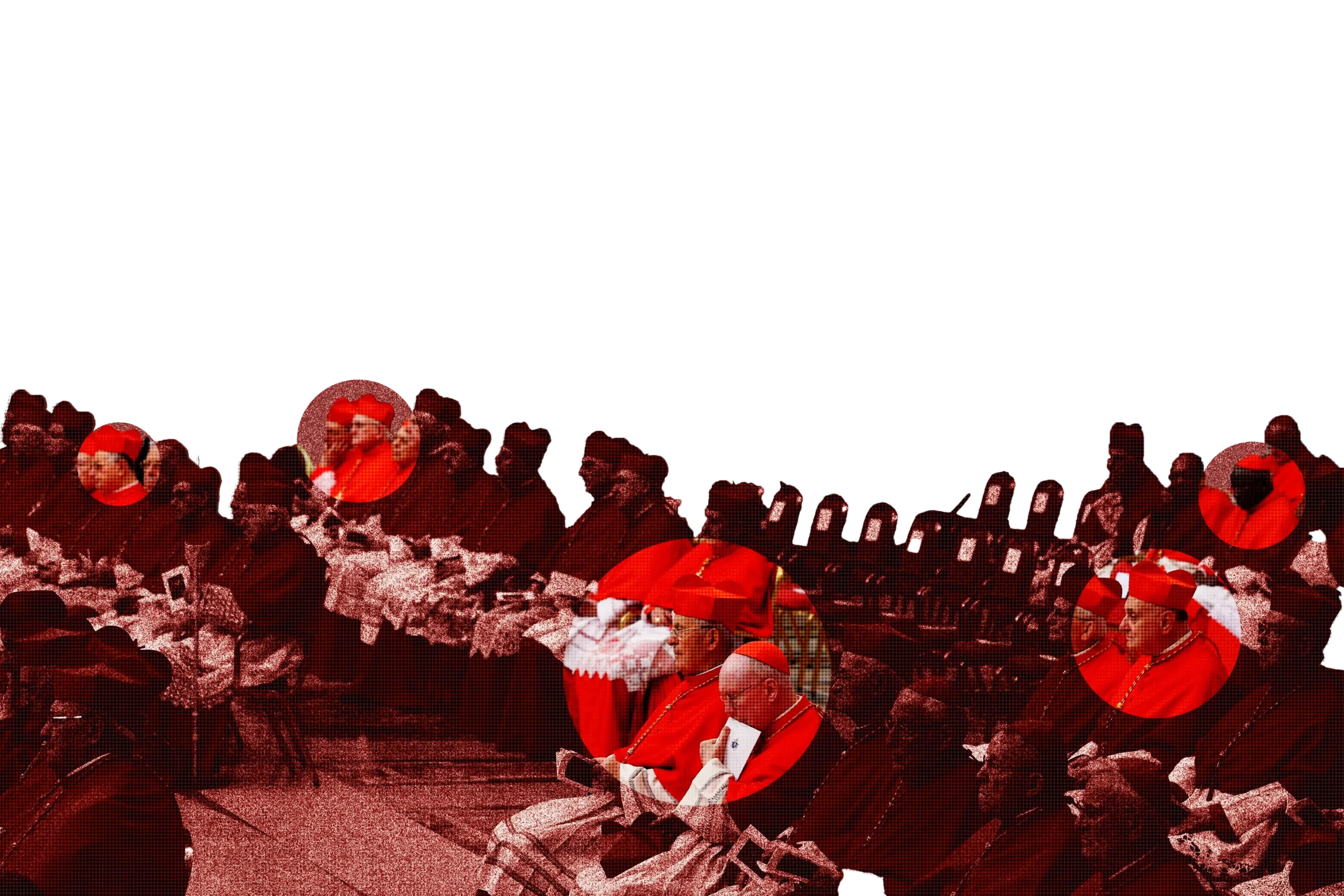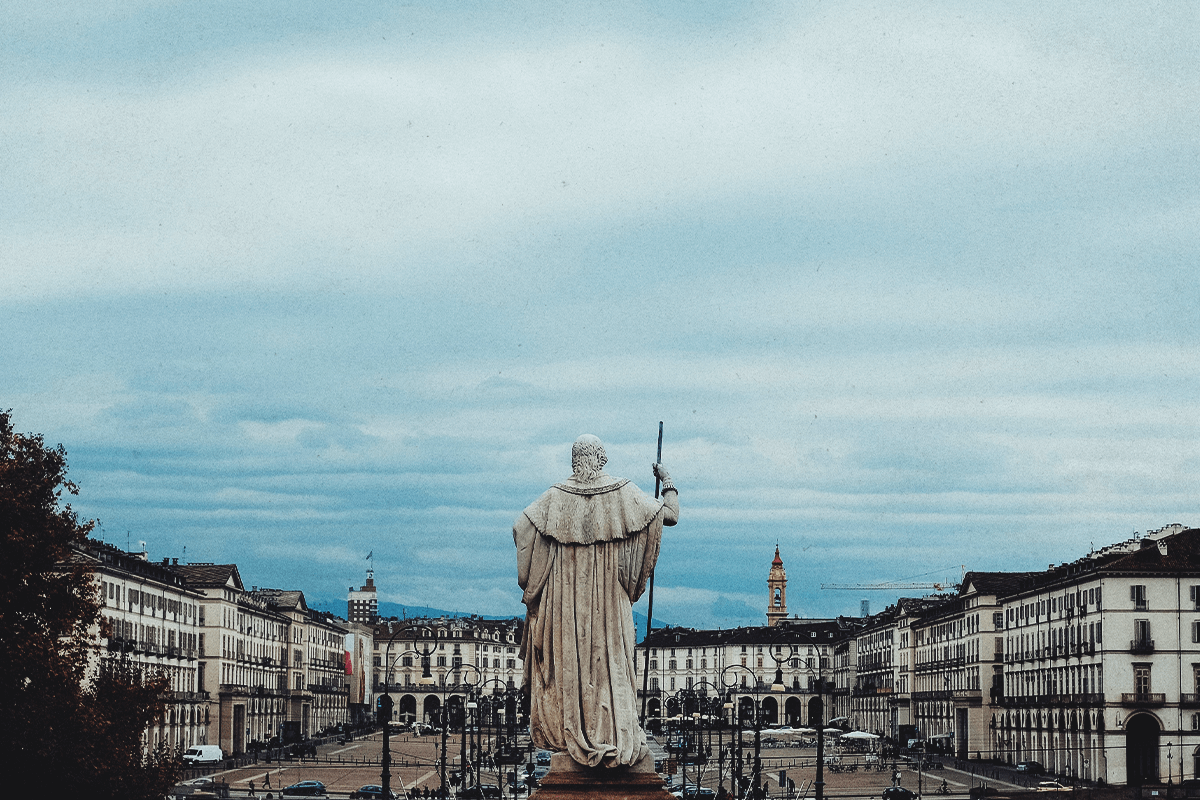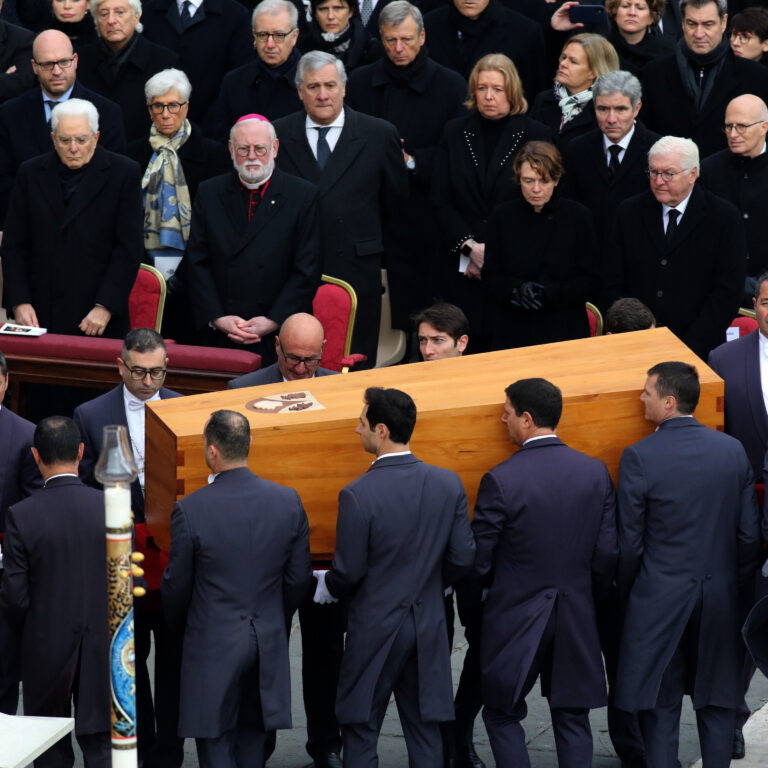The Logistics of Holding a Papal Conclave
It’s not uncommon to see dozens of cassocks moving up and down a street in Rome, Italy. Clerics are always coming and going in the center of the Catholic world. But Rome during a papal conclave is another matter. Nearly 30 million pilgrims are expected to visit during the Jubilee Year of 2025, and the conclave will likely add to that number.
What does this massive influx of people into the Eternal City look like, and how do Romans handle it?
First, every cardinal in the world must come to Rome to participate in the conclave. As the name implies (conclave translates to “with a key”), the cardinals are quite literally locked away in the Domus Sanctae Marthae, the Vatican’s guesthouse. It’s an intriguing environment to imagine: the red habits of church leaders moving about the Vatican grounds and sharing meals in a cafeteria staffed by nuns, unable to leave for the outside world.
Their conversations are just as secret. The cardinals are sequestered to prevent outside influence on the election and to keep any information from leaking. The Vatican implements technological measures to block electronic communication, including an electromagnetic Faraday cage which is an apparatus that blocks any electronic signals incoming and outgoing. The cardinals’ only guidance during voting is each other and the Holy Spirit. Those outside must simply wait for the smoke.
Confidentiality is just one challenge the conclave presents. With so many prominent figures and travelers in one place, security is paramount. The Italian authorities, along with the Swiss Guard and Vatican Gendarmerie, are tasked with ensuring the safety of all involved.
The Italian government deploys extra police officers and even soldiers, focusing on major religious sites and high-traffic pedestrian areas. Checkpoints are set up on key routes connecting Rome to its airport and Vatican City. Airspace restrictions prohibit unauthorized drones. Armed guards are stationed at Vatican entry points, and AI-assisted surveillance helps security personnel detect and respond to potential threats in real time.
Beyond Vatican City, the entire city of Rome adjusts to the influx. The usual leisurely pace of dolce vita gives way to a hurried, electrified atmosphere. Following the clerics is a large crowd of photographers, journalists, theologians, and thousands of well-wishers. Cafés near the Vatican become de facto newsrooms, where leading candidates and potential outcomes dominate conversations. Large screens in public spaces broadcast live updates, and eager spectators pack into St. Peter’s Square, watching for the slightest sign of activity in the Sistine Chapel.
The conclave’s economic impact is undeniable. Restaurants and religious shops thrive on the increased clientele. Local vendors sell memorabilia like T-shirts, papal flags, and rosaries, while bookstores offer special editions of biographies and theological works about the late pope and potential successors. Rome’s hotels fill to capacity, especially near the city center and St. Peter’s. Even outlying towns are packed with international onlookers, all eagerly awaiting the white smoke, just like us!
For those unable to travel, the event remains a global spectacle. The conclave is one of the rare moments when the Vatican commands the world’s undivided attention. Media networks from every continent set up temporary studios, reporting minute-by-minute updates. The Catholic faithful follow the event through live-streamed Masses, prayer vigils, and social media. Some churches even organize watch parties, mirroring the communal spirit of those in St. Peter’s Square.
While anticipation builds, the logistics remain finely tuned. The Swiss Guard and Vatican Gendarmerie meticulously plan every detail, from the cardinals’ accommodations to their movement between Domus Sanctae Marthae and the Sistine Chapel. Even meals are considered. Reports suggest the cardinals dine on simple fare, with Italian classics such as pasta and fish on the menu. The entire operation is designed to be efficient, solemn, and secure, ensuring the election of the new pope is sacred and uninterrupted.
As the days pass and the rounds of voting continue, speculation grows. Who will emerge as the new leader of the Catholic Church? Vatican insiders drop hints, experts analyze potential outcomes, and bookmakers worldwide set odds on the next pontiff. For all the discussions, only the cardinals truly know what is happening inside the Sistine Chapel.For the rest of the world, all eyes remain on the chimney. The moment white smoke billows out, the centuries-old tradition continues: Habemus Papam! A new pope has been chosen. Cheers erupt in St. Peter’s Square, Rome’s bells ring out, and a new chapter in church history begins.







